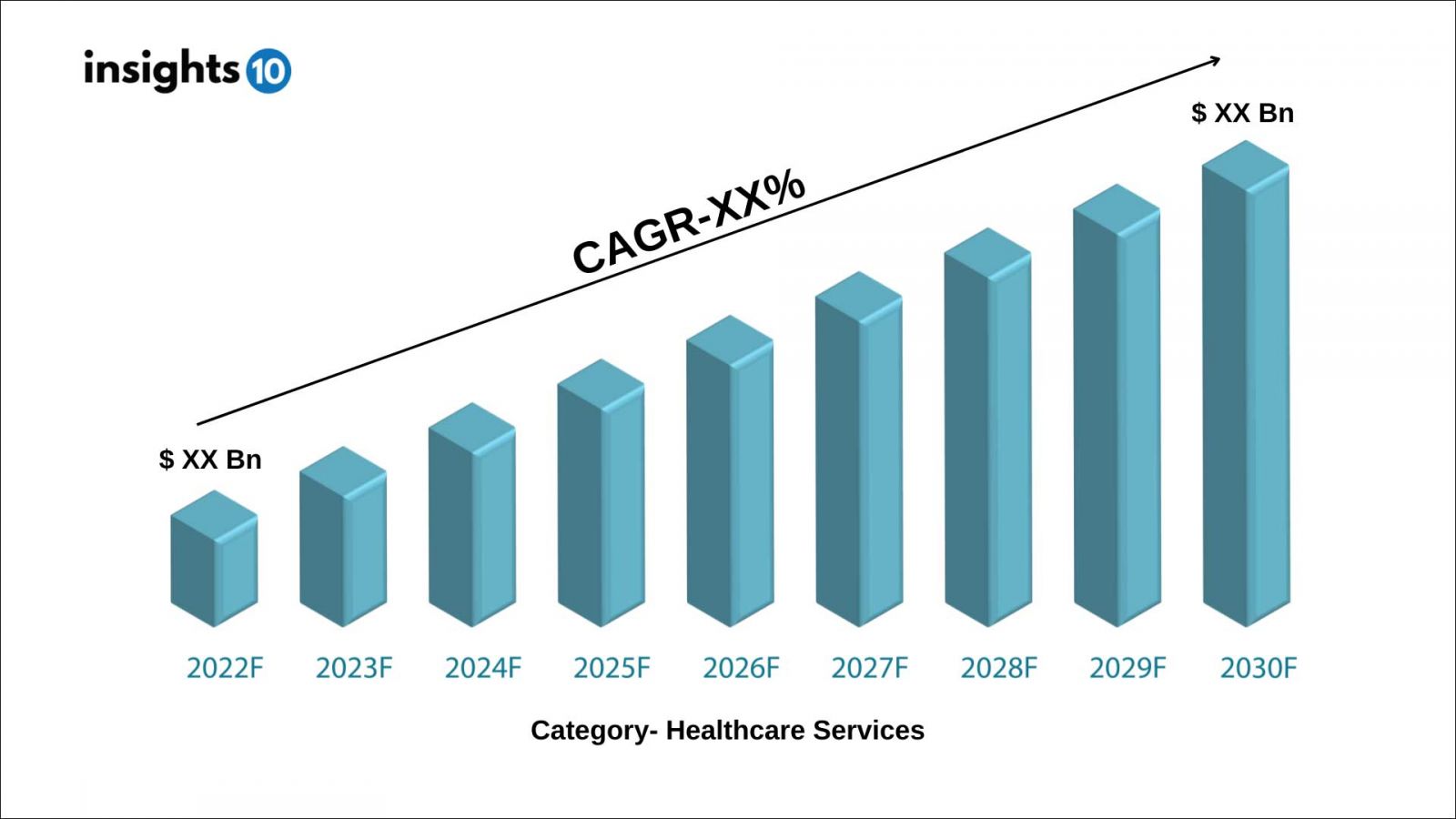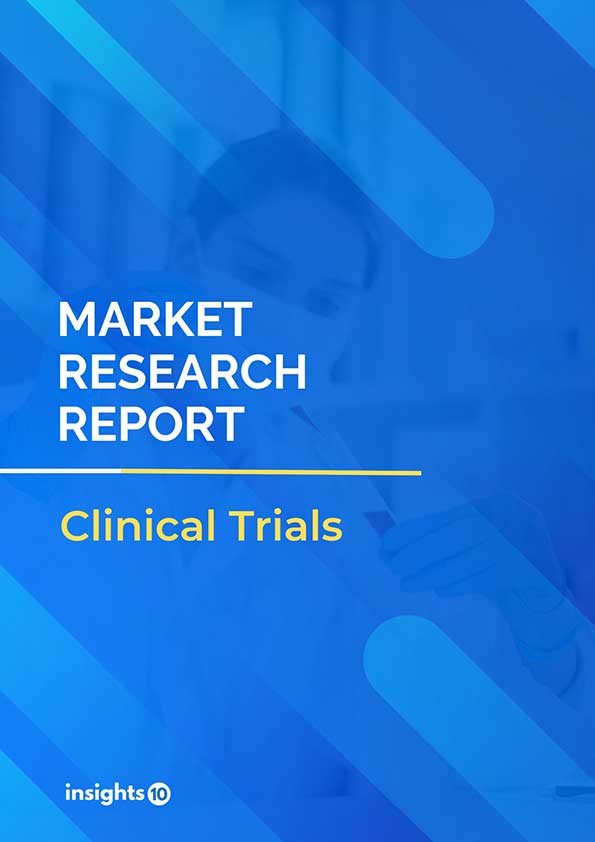Kuwait Cancer Pain Management Market Analysis
This report presents a strategic analysis of the Kuwait Cancer Pain Management Market and a forecast for its development in the medium and long term. It provides a broad overview of the market dynamics, trends and insights, growth drivers and restraints, segmentation, competitive landscape, healthcare policies and regulatory framework, reimbursement scenario, challenges and future outlook. This is one of the most comprehensive reports about the Kuwait Cancer Pain Management Market, offering unmatched value, accuracy and expert insights.
Buy Now

Kuwait Cancer Pain Management Market Executive Summary
Cancer pain may be brought on by the actual condition of the disease or by procedures like chemotherapy and surgery that are linked to it. For the treatment of cancer pain, many different medications are employed. The medications used to treat cancer pain vary on how bad the pain is; for example, strong opioids are chosen when the pain is severe, but non-opioids like acetaminophen and NSAIDs are favored when the pain is low to moderate.
Market Size and Key Findings
The Kuwait Cancer Pain Management Market size is around US $ xx Bn in 2021 and is projected to reach US $ xx Bn in 2030, exhibiting a CAGR of xx% during the forecast period.
Kuwait Cancer Pain Management Market Size (In USD Bn)
(2021-2030F)

Market Dynamics
Market Growth Drivers Analysis
The ageing population, rising cancer prevalence, rising healthcare costs, and rising R&D spending by various healthcare businesses are the main drivers of the growth of the Kuwait market for cancer pain medications.
Market Restraints
However, over the projected period, the growth of the cancer pain market is anticipated to be constrained by side effects related to the use of medications used to treat cancer pain, such as drug tolerance, drug dependence, urine retention, sleep problems, cognitive impairment, and others.
Competitive Landscape
Key Players
The Key Players include BioDelivery Science, ProStrakan Group, Teva pharmaceuticals, Daiichi Sankyo, Eli-Lilly, Galena Biopharma, Grunenthal Group, GW Pharmaceuticals, Hospira, Johnson & Johnson, Meda Pharmaceuticals, Orexo, Sanofi, Sorrento Therapeutics, WEX Pharmaceuticals
1. Executive Summary
1.1 Service Overview
1.2 Global Scenario
1.3 Country Overview
1.4 Healthcare Scenario in Country
1.5 Healthcare Services Market in Country
1.6 Recent Developments in the Country
2. Market Size and Forecasting
2.1 Market Size (With Excel and Methodology)
2.2 Market Segmentation (Check all Segments in Segmentation Section)
3. Market Dynamics
3.1 Market Drivers
3.2 Market Restraints
4. Competitive Landscape
4.1 Major Market Share
4.2 Key Company Profile (Check all Companies in the Summary Section)
4.2.1 Company
4.2.1.1 Overview
4.2.1.2 Product Applications and Services
4.2.1.3 Recent Developments
4.2.1.4 Partnerships Ecosystem
4.2.1.5 Financials (Based on Availability)
5. Reimbursement Scenario
5.1 Reimbursement Regulation
5.2 Reimbursement Process for Services
5.3 Reimbursement Process for Treatment
6. Methodology and Scope
Cancer Pain Management Market Segmentation
By Drug Type (Revenue, USD Billion):
Non-steroidal anti-inflammatory medicines relieve pain at the site of injury by blocking the cyclooxygenase enzyme, which prevents prostaglandin formation. NSAIDs are a class of medications that includes medications with analgesic, antipyretic, and, at higher doses, anti-inflammatory properties.
- Opioids
- Morphine
- Fentanyl
- Others
- Non-Opioids
- Acetaminophen
- Non-Steroidal Anti-Inflammatory Drugs (NSAIDs)
- Nerve Blockers
By Disease Indication (Revenue, USD Billion):
Based on disease Indication the market is segmented into:
- Lung Cancer
- Colorectal cancer
- Breast cancer
- Prostate cancer
- Blood cancer
- Others
Methodology for Database Creation
Our database offers a comprehensive list of healthcare centers, meticulously curated to provide detailed information on a wide range of specialties and services. It includes top-tier hospitals, clinics, and diagnostic facilities across 30 countries and 24 specialties, ensuring users can find the healthcare services they need.
Additionally, we provide a comprehensive list of Key Opinion Leaders (KOLs) based on your requirements. Our curated list captures various crucial aspects of the KOLs, offering more than just general information. Whether you're looking to boost brand awareness, drive engagement, or launch a new product, our extensive list of KOLs ensures you have the right experts by your side. Covering 30 countries and 36 specialties, our database guarantees access to the best KOLs in the healthcare industry, supporting strategic decisions and enhancing your initiatives.
How Do We Get It?
Our database is created and maintained through a combination of secondary and primary research methodologies.
1. Secondary Research
With many years of experience in the healthcare field, we have our own rich proprietary data from various past projects. This historical data serves as the foundation for our database. Our continuous process of gathering data involves:
- Analyzing historical proprietary data collected from multiple projects.
- Regularly updating our existing data sets with new findings and trends.
- Ensuring data consistency and accuracy through rigorous validation processes.
With extensive experience in the field, we have developed a proprietary GenAI-based technology that is uniquely tailored to our organization. This advanced technology enables us to scan a wide array of relevant information sources across the internet. Our data-gathering process includes:
- Searching through academic conferences, published research, citations, and social media platforms
- Collecting and compiling diverse data to build a comprehensive and detailed database
- Continuously updating our database with new information to ensure its relevance and accuracy
2. Primary Research
To complement and validate our secondary data, we engage in primary research through local tie-ups and partnerships. This process involves:
- Collaborating with local healthcare providers, hospitals, and clinics to gather real-time data.
- Conducting surveys, interviews, and field studies to collect fresh data directly from the source.
- Continuously refreshing our database to ensure that the information remains current and reliable.
- Validating secondary data through cross-referencing with primary data to ensure accuracy and relevance.
Combining Secondary and Primary Research
By integrating both secondary and primary research methodologies, we ensure that our database is comprehensive, accurate, and up-to-date. The combined process involves:
- Merging historical data from secondary research with real-time data from primary research.
- Conducting thorough data validation and cleansing to remove inconsistencies and errors.
- Organizing data into a structured format that is easily accessible and usable for various applications.
- Continuously monitoring and updating the database to reflect the latest developments and trends in the healthcare field.
Through this meticulous process, we create a final database tailored to each region and domain within the healthcare industry. This approach ensures that our clients receive reliable and relevant data, empowering them to make informed decisions and drive innovation in their respective fields.
To request a free sample copy of this report, please complete the form below.
We value your inquiry and offer free customization with every report to fulfil your exact research needs.








































